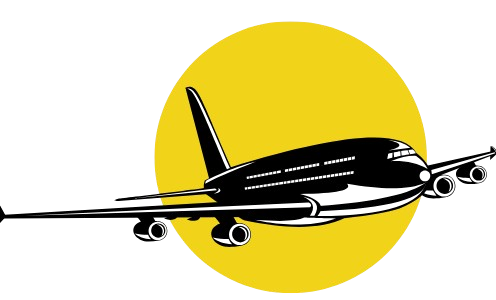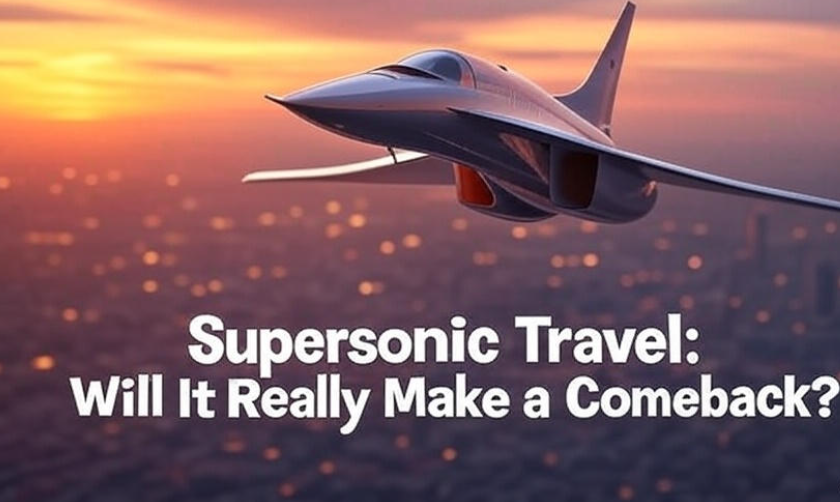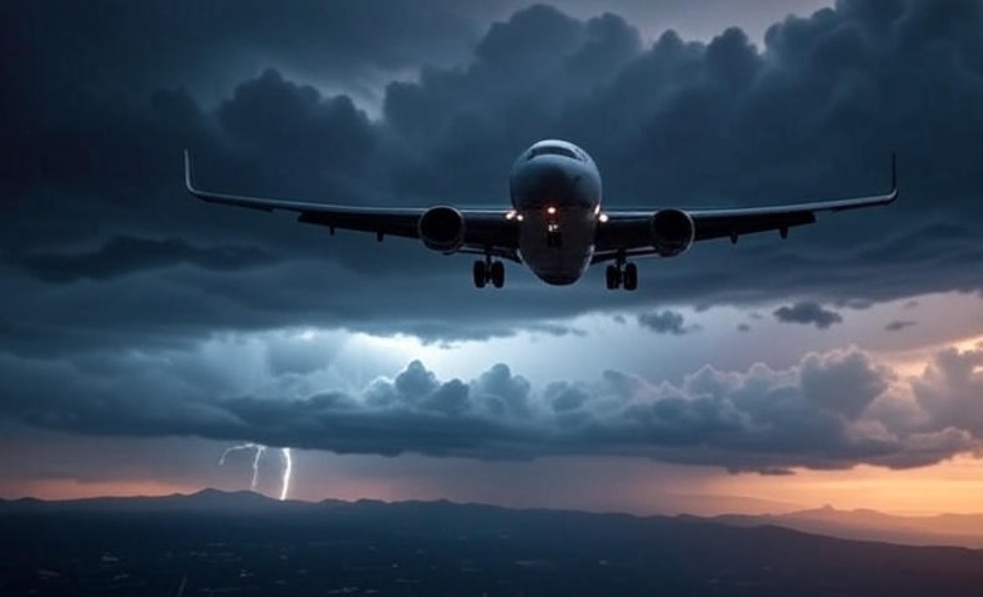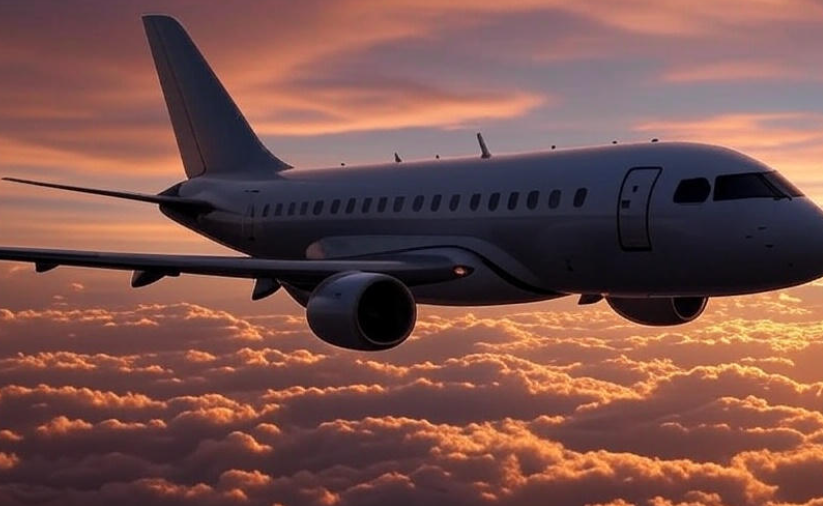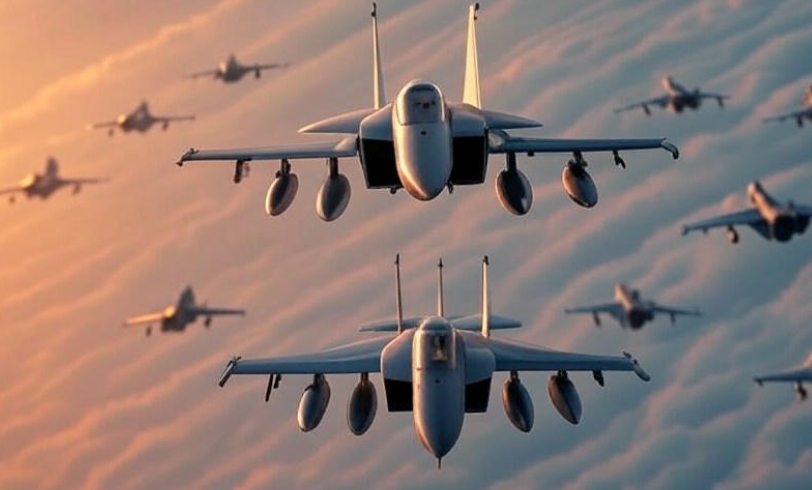Imagine boarding a flight in New York and landing in London just 3.5 hours later. Sounds like science fiction, right? Well, thanks to advancements in aviation technology, this could soon become a reality. Supersonic travel, once dominated by the iconic Concorde, is making a comeback. But what does this mean for the future of air travel? Let’s dive in.
the rise and fall of the concorde
The Concorde, a joint venture between the UK and France, was the first supersonic passenger airliner. It could cruise at speeds over Mach 2, cutting transatlantic flight times in half. However, its high operational costs, limited seating capacity, and environmental concerns led to its retirement in 2003. Despite its success, the Concorde’s limitations highlighted the challenges of supersonic commercial travel.
a new era: boom supersonic
Enter Boom Supersonic, a Colorado-based startup aiming to revive supersonic commercial flights. Their flagship aircraft, the Overture, is designed to carry up to 80 passengers at speeds of Mach 1.7. In 2025, Boom’s XB-1 demonstrator successfully broke the sound barrier over the Mojave Desert, marking a significant milestone in supersonic aviation. AP News
To support production, Boom has constructed a “superfactory” in Greensboro, North Carolina, capable of manufacturing 33 Overture aircraft annually. Axios
addressing sonic booms
One of the major drawbacks of supersonic flight is the sonic boom—a loud noise caused by shock waves when an aircraft exceeds the speed of sound. This phenomenon led to restrictions on overland supersonic flights. However, advancements in aircraft design are mitigating this issue. NASA’s X-59, developed in partnership with Lockheed Martin, is designed to produce a quieter “sonic thump” instead of a disruptive boom. Ground tests have shown promising results, and the first flight is scheduled for 2025. The Sun
government support and regulatory changes
In a significant move to promote supersonic travel, the U.S. government has taken steps to remove outdated regulations. In June 2025, President Trump signed an executive order directing the Federal Aviation Administration (FAA) to repeal the 1973 ban on overland supersonic flights. This decision aims to foster innovation and reassert the United States’ leadership in aerospace technology. New York Post
environmental considerations
While the revival of supersonic travel promises faster flight times, it also raises environmental concerns. Supersonic jets consume more fuel and produce higher emissions compared to subsonic aircraft. However, companies like Boom are working on developing sustainable aviation fuels and more efficient engines to mitigate these impacts. The goal is to balance speed with environmental responsibility.
the future outlook
The resurgence of supersonic travel is on the horizon. With advancements in technology, supportive government policies, and growing interest from airlines and passengers, the dream of faster air travel is becoming a reality. However, challenges remain, including environmental impacts and regulatory hurdles. The next decade will be crucial in determining whether supersonic travel can achieve widespread commercial success.
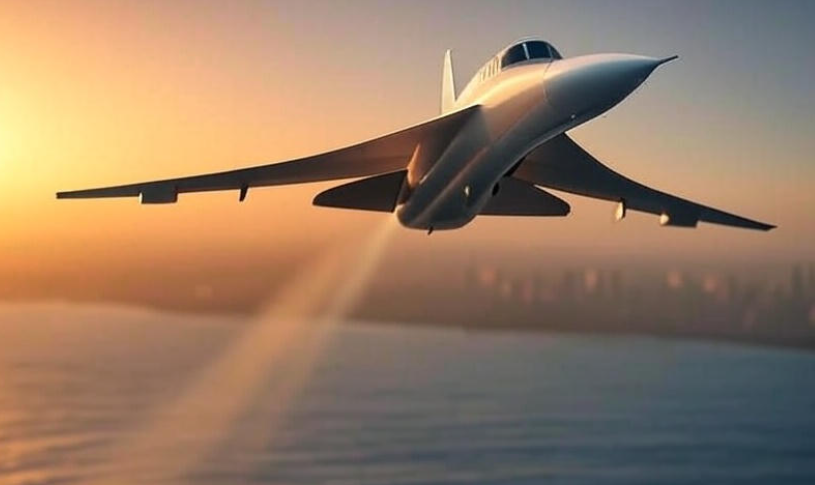
faqs
1. what is supersonic travel?
Supersonic travel refers to flying at speeds greater than the speed of sound (Mach 1), allowing for significantly reduced flight times.
2. why was the concorde retired?
The Concorde was retired due to high operational costs, limited seating capacity, and environmental concerns.
3. what is the xb-1?
The XB-1 is a supersonic demonstrator aircraft developed by Boom Supersonic to test technologies for their Overture airliner.
4. how does the x-59 reduce sonic booms?
The X-59 is designed with a unique shape to produce a quieter “sonic thump” rather than a disruptive sonic boom.
5. when will supersonic flights be available to the public?
While exact timelines vary, companies like Boom Supersonic aim to begin commercial flights in the late 2020s.
